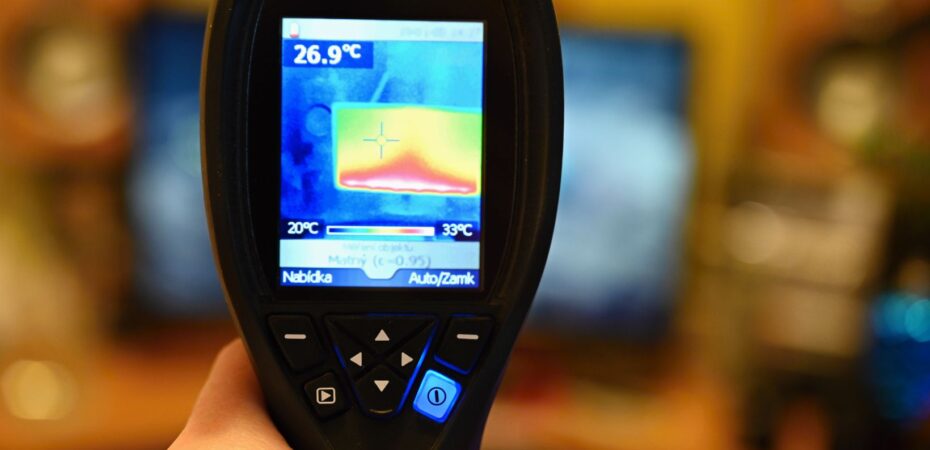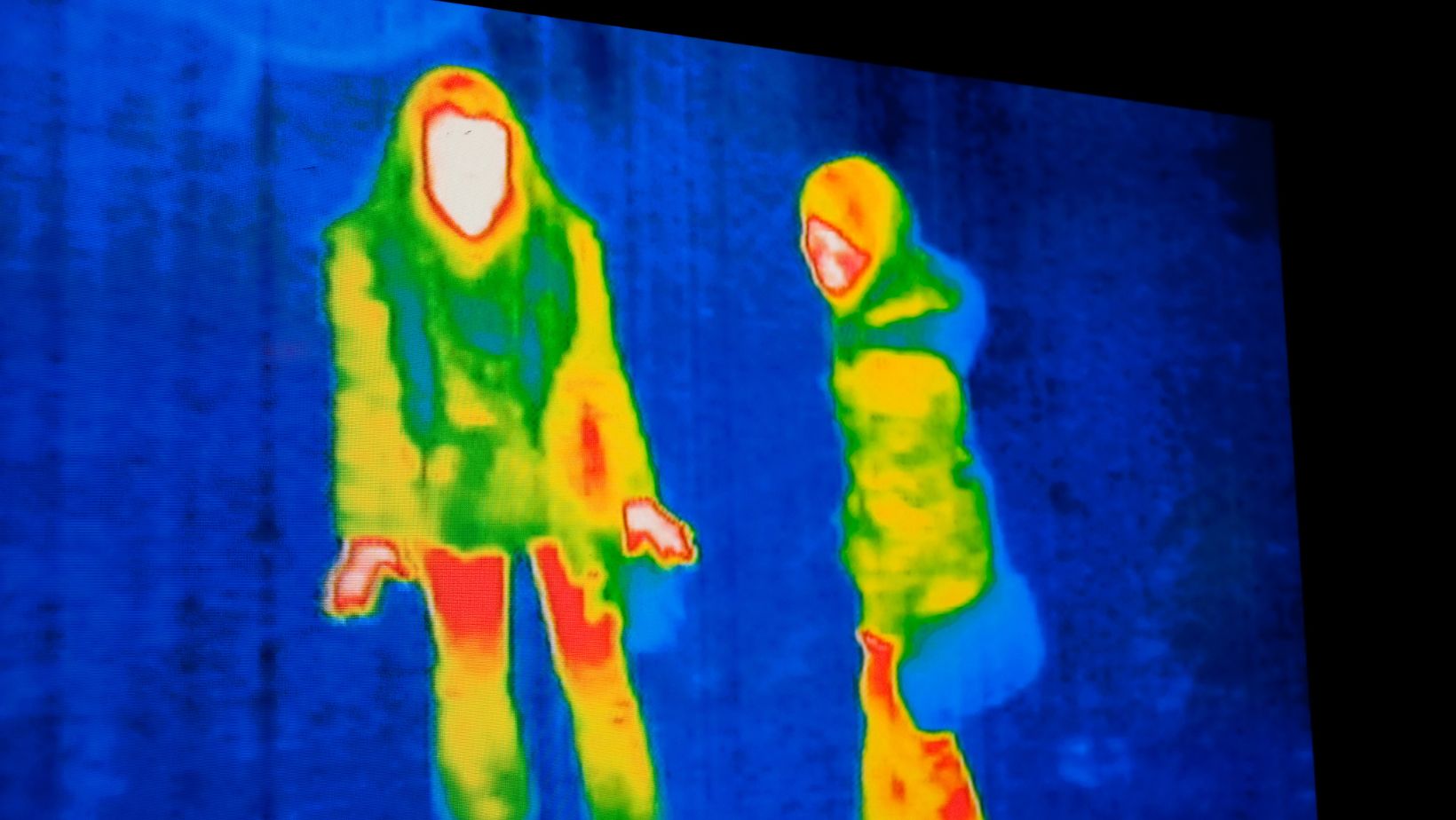Wildlife watching is a thrilling way to connect with nature, but the best action often happens after dark. Nocturnal creatures, from owls and foxes to big cats and rare marsupials, come to life when the sun sets, and spotting them in complete darkness can be a challenge. Flashlights and spotlights can scare animals away, and traditional binoculars are of little use, but a thermal scope can help. It allows you to detect heat signatures, making it possible to see animals even in pitch-black conditions. Sounds like a great tool for nighttime adventures, right? Let’s explore how thermal scopes can enhance your travels and how to choose the right one for you.
What Thermal Scopes Are And How They Work
A thermal scope is a device that detects infrared radiation (heat) produced by warm-blooded creatures. Every animal emits heat, and a thermal scope translates it into a visible image, allowing you to see silhouettes clearly, even in total darkness.
Many people confuse thermal imaging with night vision, but they function very differently:
- Night vision amplifies ambient light to create a clearer image but struggles in complete darkness or foggy conditions.
- Thermal imaging detects heat, making it effective in total darkness, through vegetation, and in poor weather conditions.
For wildlife watching, thermal scopes offer a clear advantage because they reveal animals even when they are hiding in dense bushes or camouflaged against their surroundings.
Advantages of Using a Thermal Scope for Wildlife Watching
Using a thermal scope opens up a whole new world of wildlife observation.
Detecting Animals in Complete Darkness
Thermal scopes make it easy to spot animals at night, even if they are far away or hiding behind trees. Whether you’re observing a fox prowling through the forest or a herd of deer grazing in the distance, a thermal scope allows you to see them clearly.
Seeing Through Obstacles
Thick vegetation, mist, and low light conditions often make it difficult to see wildlife with the naked eye. Thermal scopes cut through these barriers, allowing you to track animals even when they are partially hidden.
Observing Wildlife Without Disturbance
Using a flashlight or spotlight can startle animals, causing them to flee. A thermal scope, however, lets you observe them discreetly without disrupting their natural behaviour. This is especially useful for wildlife photographers who want to capture animals in their natural state.
Ideal for Conservation and Research
Wildlife researchers and conservationists use thermal imaging to track elusive or endangered species. By monitoring heat signatures, they can count populations, study behaviours, and identify potential threats without interfering with the environment.
Choosing the Right Thermal Scope for Your Adventure
Selecting the right thermal scope depends on many factors, but you can stick to just five main characteristics:
1. Resolution
Higher resolution provides a clearer image, making it easier to distinguish animals from their surroundings. A resolution of at least 320×240 pixels is recommended for wildlife observation.
2. Detection Range
Consider how far you want to see. Some thermal scopes can detect heat signatures from over 1,000 meters away, while others are more suited for closer-range viewing.
3. Battery Life
Longer battery life is essential for extended adventures. Look for scopes that offer at least 6–8 hours of continuous use.
4. Portability
A lightweight and compact thermal scope is ideal for travellers who need to pack light. Handheld models are great for casual observation, while mounted options are better for specialised use.
5. Budget Considerations
Thermal scopes range from a few hundred to several thousand dollars. If you’re a beginner, a mid-range scope with decent resolution and range will serve you well without breaking the bank.
Tips for Effective Wildlife Watching with a Thermal Scope
To make the most of your thermal scope, keep these tips in mind:
1. Choose the Right Time and Location
Dusk and dawn are the best times for wildlife spotting, as many nocturnal animals start to become active. Choose locations with known wildlife activity for the best experience.
2. Be Patient and Move Slowly
Wildlife watching requires patience. Move quietly, scan slowly, and take your time to spot heat signatures in your surroundings.
3. Follow Ethical Practices
Always respect the animals and their habitats. Avoid approaching too closely, making loud noises, or interfering with their natural behaviour.
4. Maintain Your Equipment
Keep your thermal scope clean and protected. Store it in a padded case and check the battery life before heading out.
Stunning Destinations for Nighttime Wildlife Watching
Now that you know what thermal scope to choose and how to use it, it’s time to plan the next trip where you can test your new device. Here are some of the best destinations for nighttime wildlife adventures:
1. African Safaris
Africa is home to some of the most fascinating nocturnal predators, including lions, leopards, and hyenas. Many safari lodges offer nighttime game drives equipped with thermal scopes, allowing visitors to witness wildlife activity that would otherwise go unnoticed.
2. The Australian Outback
Australia is home to many unique nocturnal creatures, from kangaroos and wombats to sugar gliders and quokkas. A thermal scope is an excellent tool for spotting these animals as they emerge from their daytime hiding spots.
3. The Amazon Rainforest
The dense jungle of the Amazon makes traditional wildlife spotting difficult, especially at night. Thermal scopes help reveal jaguars, sloths, and exotic birds, even when they are hidden among the trees.
4. Arctic Expeditions
In icy environments, spotting wildlife like polar bears, Arctic foxes, and reindeer can be challenging. Thermal imaging allows you to detect these animals even in snowstorms and low visibility conditions.
Conclusion
A thermal scope can completely transform your wildlife-watching experience. Whether you’re tracking nocturnal predators on an African safari or searching for marsupials in the Australian outback, this tool allows you to see the unseen. By choosing the right thermal scope and following ethical wildlife-watching practices, you can enjoy immersive, unforgettable encounters with nature. This experience is truly worth the investment.




 By
By 




